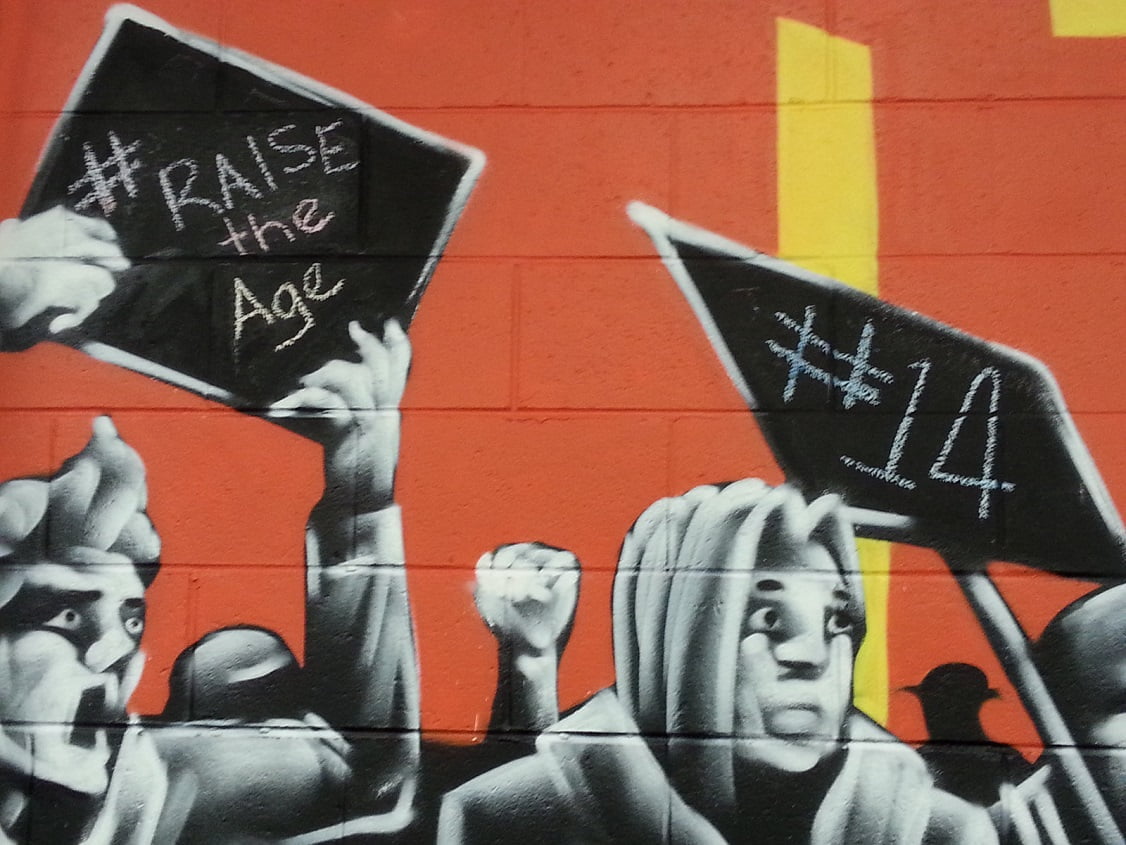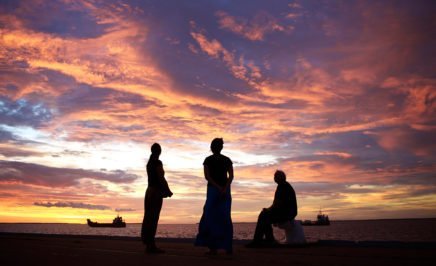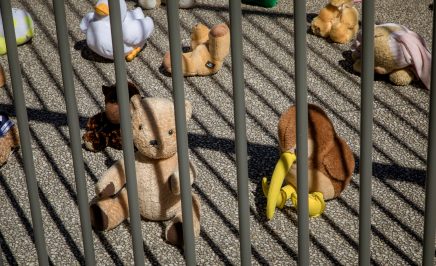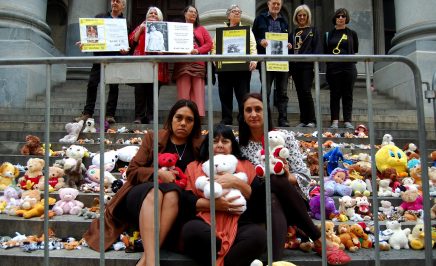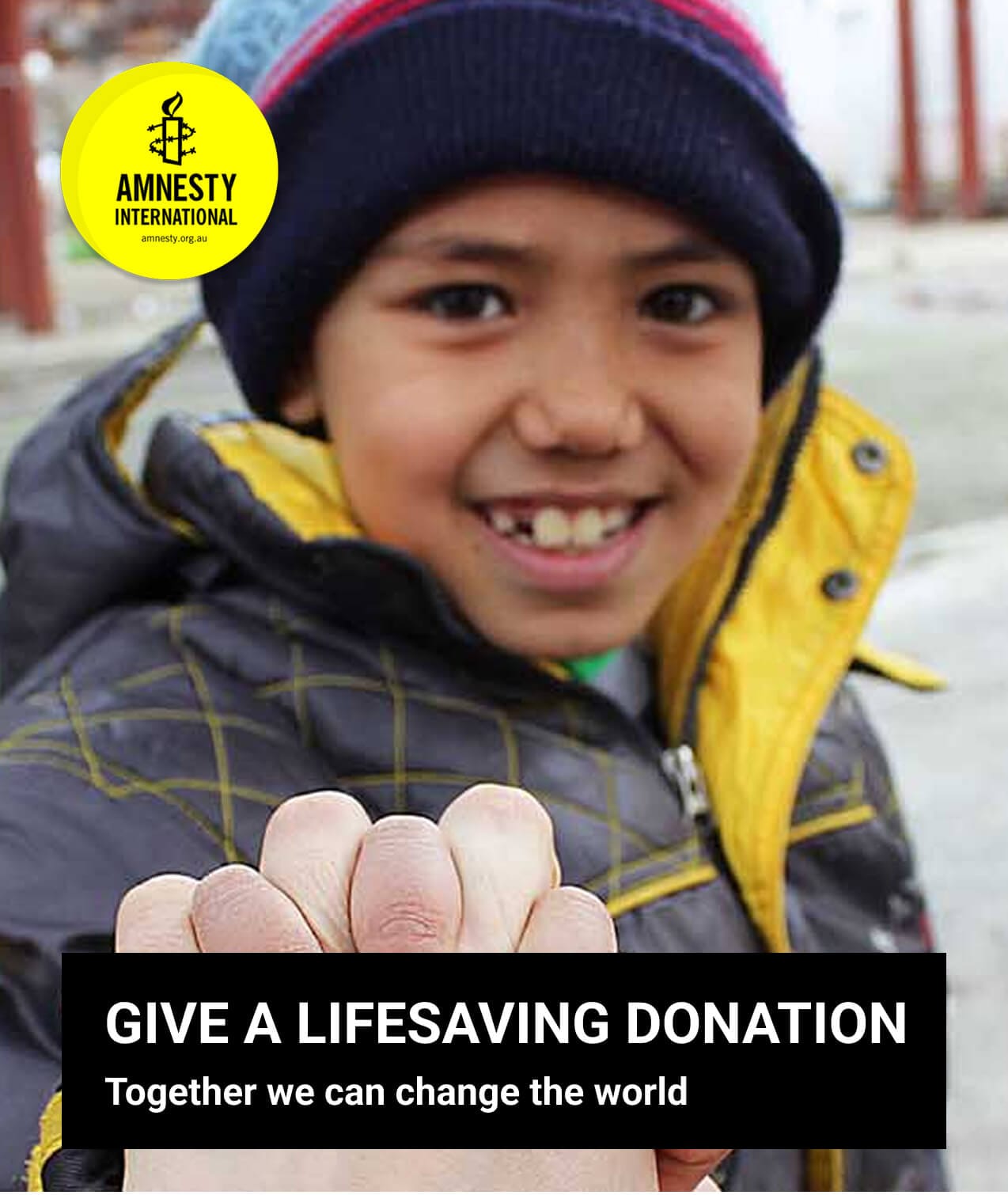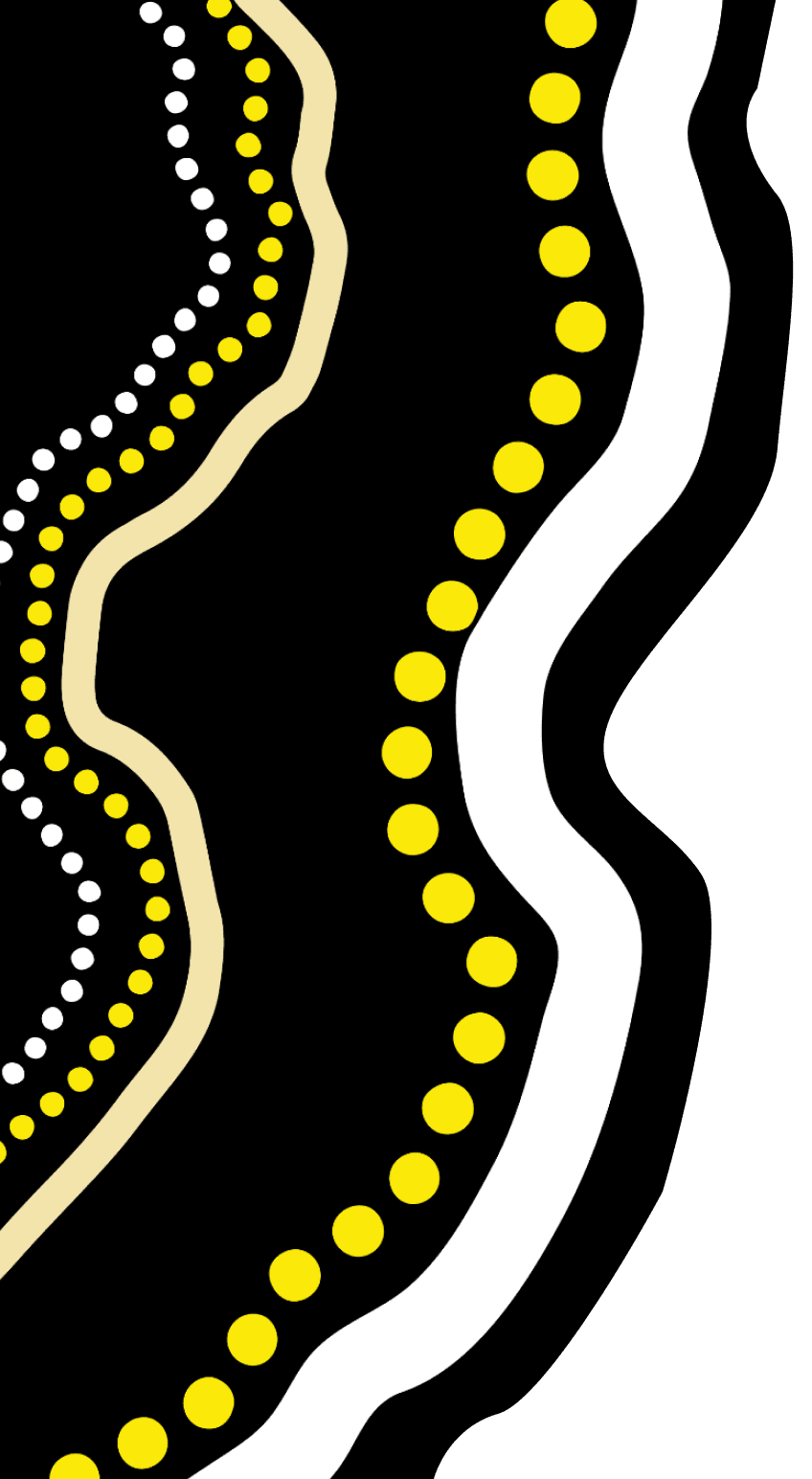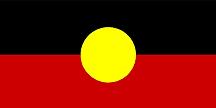Aboriginal and human rights organisations today welcomed the Australian Medical Association’s call for all states and territories to raise the age when children can be held criminally responsible to at least 14 years.
All Australian states and territories currently have laws that allow children as young as ten years to be charged, brought before the courts, sentenced and imprisoned. Australia has one of the lowest ages of criminal responsibility in the world, with the UN repeatedly rebuking Australia.
Cheryl Axelby, Co-Chair of the Change the Record coalition and Co-Chair of the National Aboriginal and Torres Strait Islander Legal Services, said: “Prisons are no place for children. We welcome the medical community joining with Aboriginal organisations in calling for all states and territories to act in the best interests of our kids and raise the age of criminal responsibility.”
Each year around 600 children under the age of 14 years are locked up in youth prisons, with thousands more being charged and hauled before the courts. Aboriginal and Torres Strait Islander children are hit hardest by these regressive laws.
Evidence shows that children who get drawn into the criminal justice system are much more likely to get trapped and face a future behind bars.
Shahleena Musk, Senior Lawyer at the Human Rights Law Centre, said: “It’s just common sense that children should be in playgrounds and classrooms, not prisons. Laws that allow children as young as ten to be imprisoned are out of touch and ignore the weight of evidence. Doctors, lawyers, experts and community organisations are calling for the age to be raised – our governments should action this today.”
Rodney Dillon, Indigenous Rights Adviser at Amnesty International, said: “Australian governments are lagging behind the world. The median minimum age of criminal responsibility is fourteen, and the UN has repeatedly criticised the government for locking up ten year olds. Children should be spared the quick sand of the criminal justice system and be allowed to thrive, with their families and in their communities.”
